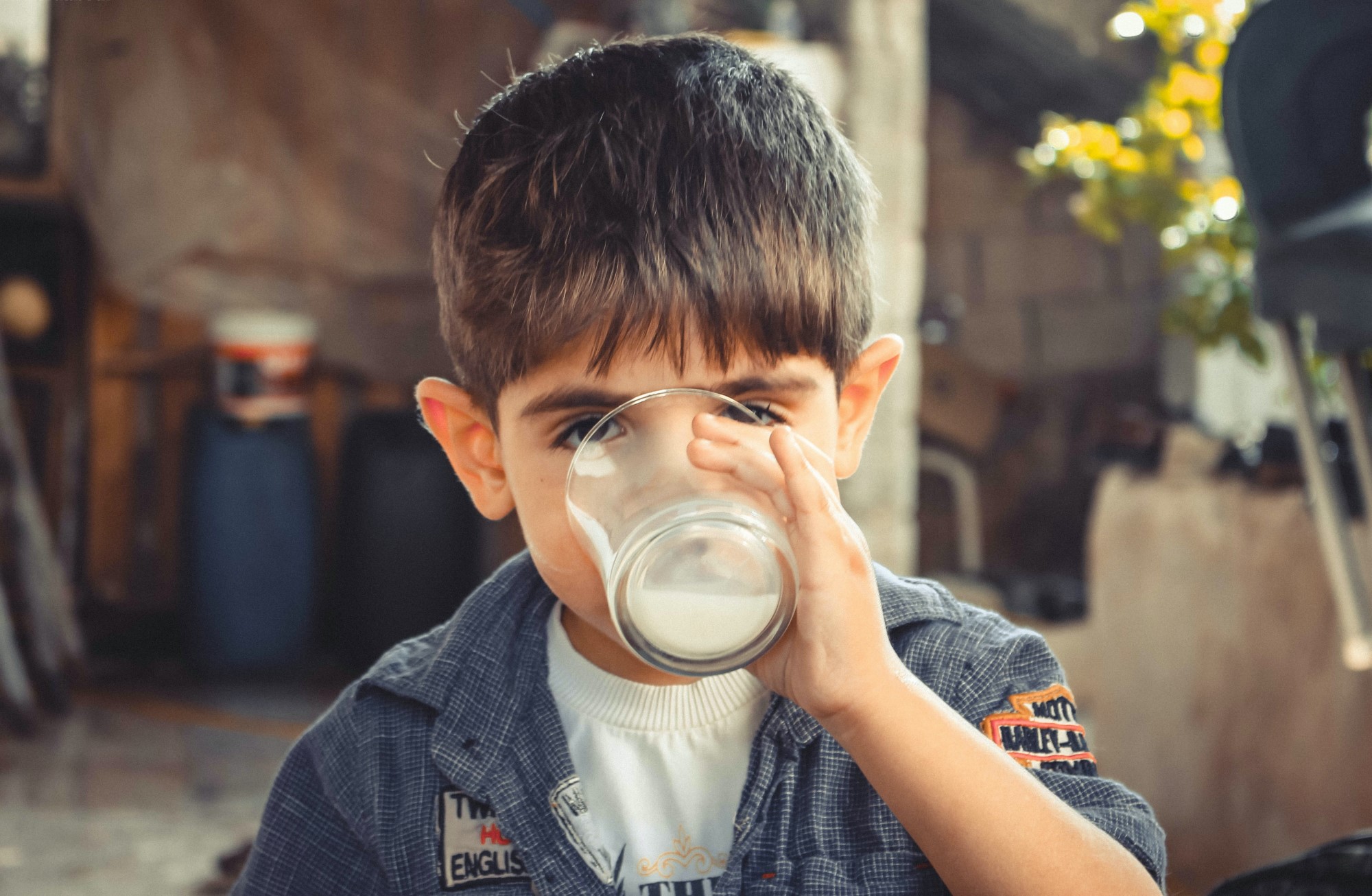Reaction: Study says humans drank milk long before we could digest it
A study published in the journal Nature has found that ancient human populations consumed milk during adulthood long before we were able to digest lactose beyond infancy. The genetic variant that allows us to do so was not increased in frequency by milk consumption, but by famine and infection, according to their hypothesis.

Niño bebiendo leche. / Pexels
Santos Alonso - lactasa
Santos Alonso
Permanent Senior Researcher, acreditated as Research Professor, in the Department of Genetics, Physical Anthropology and Animal Physiology at the University of the Basque Country (UPV/EHU).
The study has carried out a detailed and extensive archaeological sampling of pottery vessel remains from 7000 BC to 1500 BC in which milk fat residues could be detected, inferring that they contained milk. In doing so, the authors are able to provide an unprecedented resolution of milk consumption throughout European geography and prehistory.
These data have been contrasted with genetic data previously obtained by other researchers from the DNA of more than 1,700 samples of ancient human remains. Specifically, the rs4988235 polymorphism has been examined, a variant whose A allele is associated with the persistence of lactase in adults. Recall that lactase is the enzyme that makes it possible to digest milk sugar, lactose, into smaller, more digestible units. Somewhat counter-intuitively, the ancestral status in humans for this variant determines that this enzyme ceases its activity in adulthood, and thus they become lactose intolerant (i.e. intolerant to milk consumption). In contrast, in individuals with at least one copy of this mutated variant (the recent rs4988235-A mutation), the activity of the enzyme persists throughout adulthood and they are therefore able to process lactose.
This example of lactase is thought to be one of the clearest cases of the existence of recent (Darwinian) natural selection in humans, but questions remain as to where and when this mutation originated and why it began to prove so advantageous as to increase in frequency to today's levels. This study does not provide a definitive answer to these questions, but it does rule out some hypotheses and raises new alternatives.
In particular, it is known that the oldest individual with an rs4988235-A allele (the mutation that allows lactase to persist into adulthood) dates back to about 4700 BC, while appreciable frequencies of this allele are only detected from 200 BC onwards; the data also show that, contrary to previously thought, Central Europe is not the most milk-consuming place in Europe in prehistoric times, and that the dairy 'industry', while persisting through the Neolithic, fluctuated greatly in time and space.
They also find that milk consumption per se is not an optimal explanation for the increased frequency of the rs4988235-A allele conferring lactase persistence; other hypotheses, such as that associated with milk consumption favouring vitamin D availability in regions of low solar radiation (at high latitudes) offer a higher likelihood. However, the authors conclude that subsistence economies and exposure to pathogens are the factors that can best explain the persistence of lactase in Europe.
On the one hand, in periods of crisis (e.g. famine), milk consumption increases as other resources are depleted. In severely malnourished individuals without lactase persistence, diarrhoea associated with milk consumption would have more severe consequences. Lactase persistence in these cases would confer an important selective advantage (increased survival).
On the other hand, exposure to pathogens would be related to the fact that populations of higher population density (and animals, which can transmit zoonoses) tend to have a higher prevalence of infectious diseases; in this context, lactose-intolerant individuals drinking milk as a non-contaminated water source would suffer a higher incidence of diarrhoea and, as a consequence, a higher mortality rate.
In summary, this study represents a breakthrough in understanding the evolution of lactase persistence, although other aspects that may have an influence remain open: for example, the composition of the gut microbiota of past populations, which cannot be elucidated with the data and material available to date.
Evershed et al.
- Artículo de investigación
- Revisado por pares
